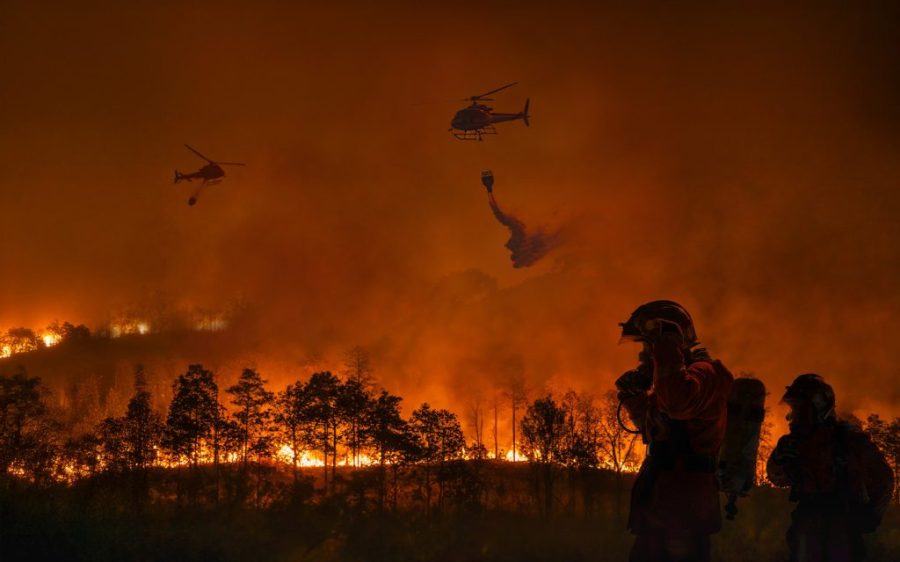Australia’s first climate risk assessment brings into sharp focus the scale of efforts needed to avert complete catastrophe, from lost homes to collapsing industries, reports Australia public news service ABC News.
The National Climate Risk Assessment modelled impacts under three scenarios: 1.5°C of warming, 2°C of warming and 3°C of warming. The Paris Agreement aimed to keep warming at 1.5°C; current global commitments have the world on track to see 2.9°C of warming this century.
With that level of warming, the assessment concluded, heatwaves would cost more than A$4.2 trillion (US$2.81 trillion) in lost productivity by 2100 and send heat-related deaths soaring in cities like Melbourne (+259 percent), Darwin (+423 percent) and Sydney (+444 percent). Rising sea levels would put 1.5 million Australians at risk by 2050, while increasingly frequent bushfires will damage landscapes, disrupt the economy and drive dangerously poor air quality.
“These are the government’s own numbers and they’re terrifying,” the chief executive of the Climate Council, Amanda McKenzie, told ABC News. “But doing too little is an active choice, and we can choose a better future by cutting climate pollution harder and faster now.”
[See more: Extreme heat worsened by climate change is a growing workplace hazard, report finds]
Housing, already a contentious issue in many developed countries, will only become more expensive as the climate warms. Even the middle road of 2°C would put 1 million homes in “very high risk” zones by 2050, making them effectively uninsurable.
“There are homes at threat from bushfire, from flooding, from rising sea levels,” Australian National University economist Emma Aisbett told ABC News. The existing insurance industry cannot handle so many systemic risks and without insurance, projects “essentially can’t be built.”
The report’s estimated A$611 billion (US$408.39 billion) hit to property values, though, hinges on another hazard of climate hazard: a contracting economy. “It’s the fact that industries are dying, that people can’t afford the houses,” Aisbett pointed out. “The property losses from disasters and rising sea levels, that actually comes on top of those effects that they are modelling.”
Alongside the grim assessment, the government released a national adaptation plan that lays the foundation for how Australia can respond to the worst impacts of climate change. An action agenda will be developed in partnership with the states by the end of 2026. While these efforts may not be cheap, Chris Bowan, the country’s climate change minister, emphasised that “the cost of inaction will always outweigh the cost of action.”






